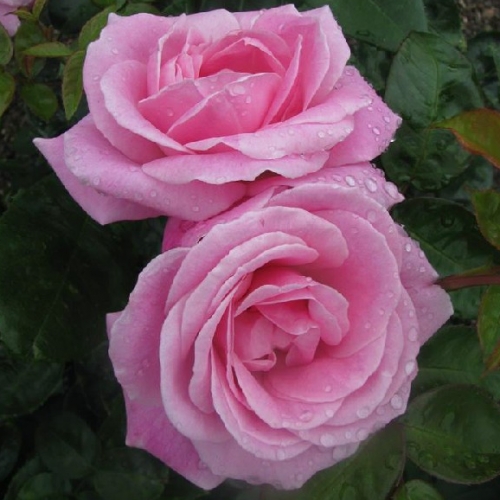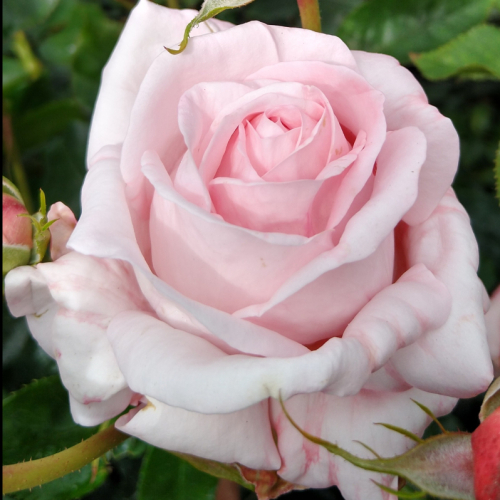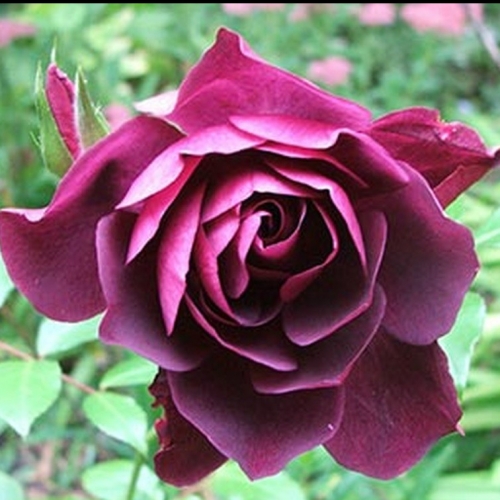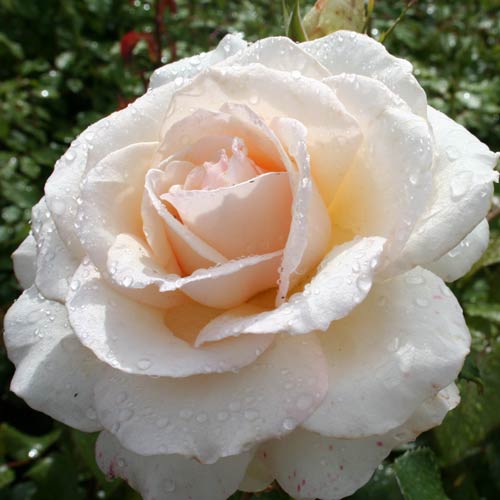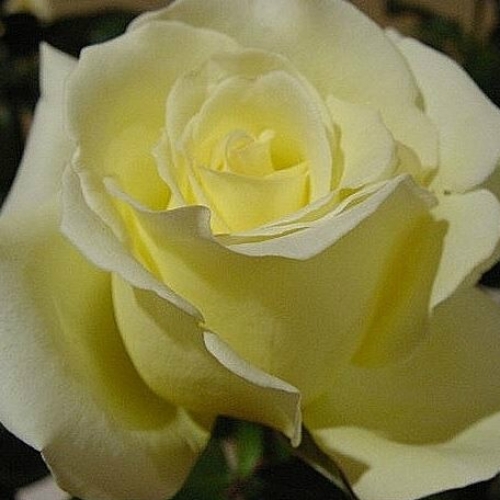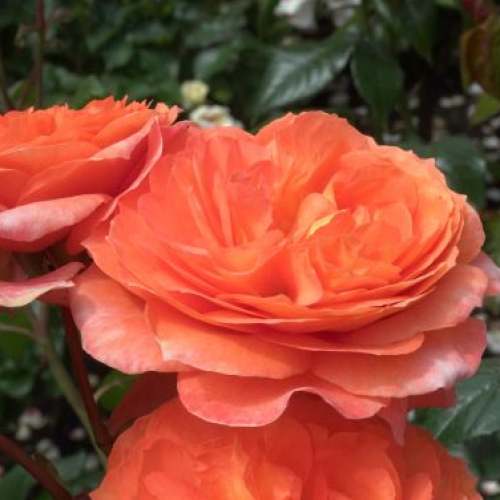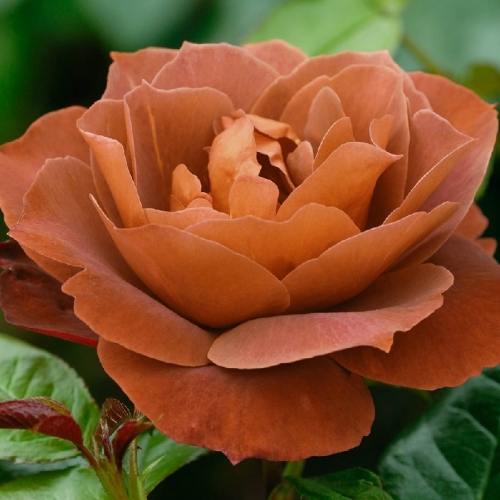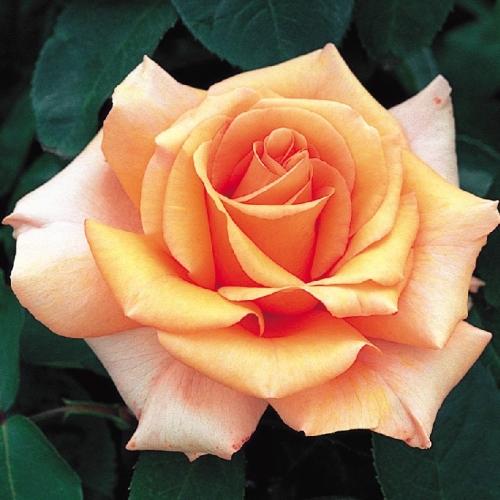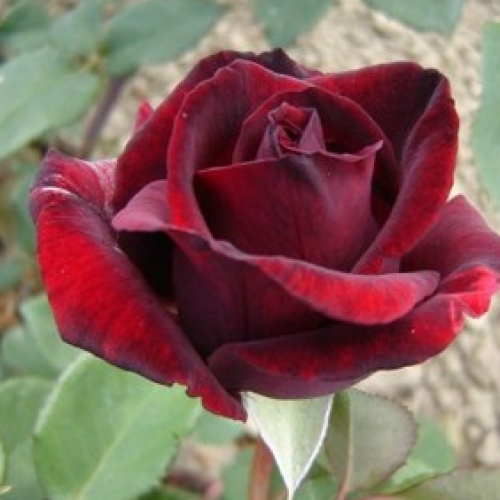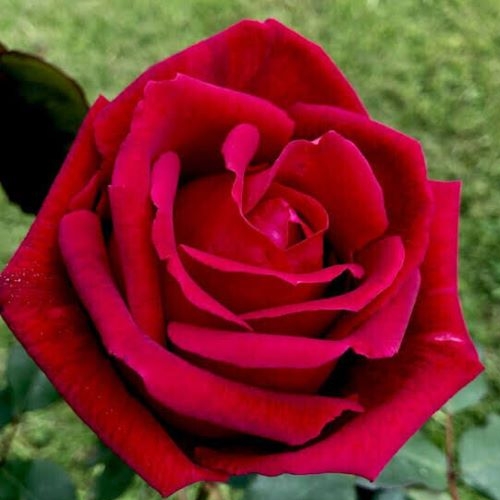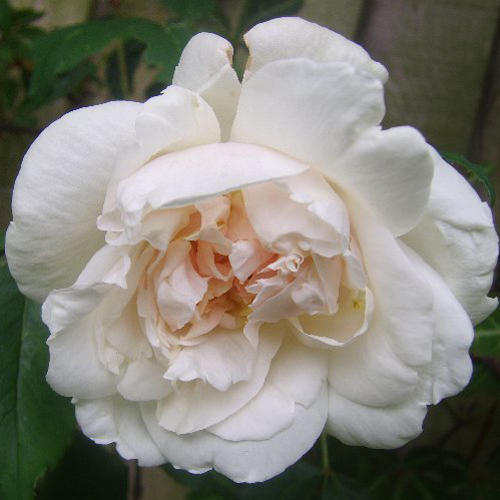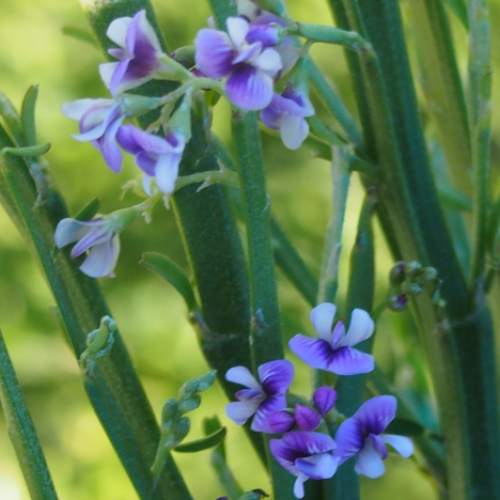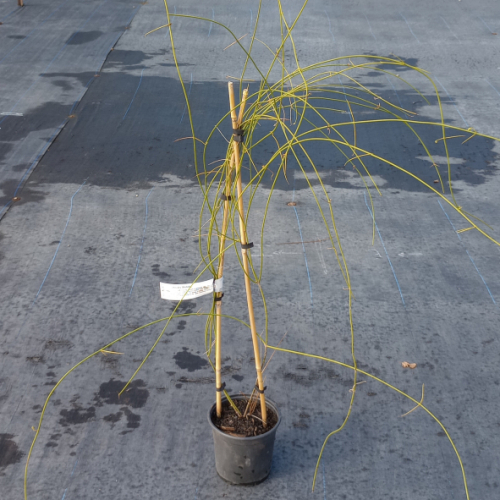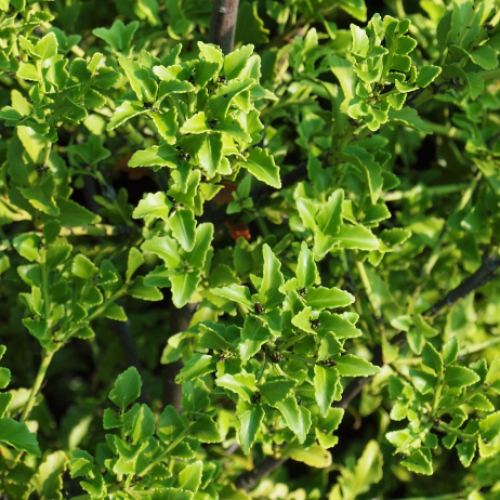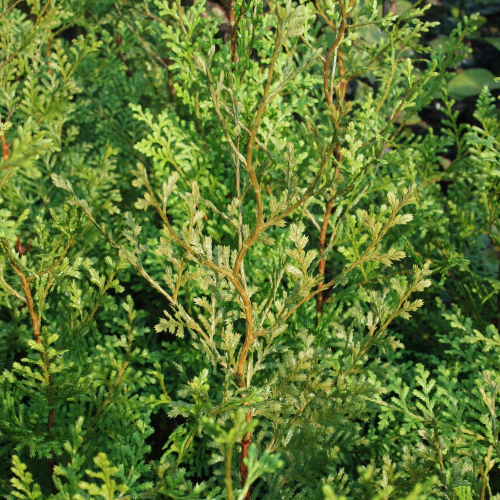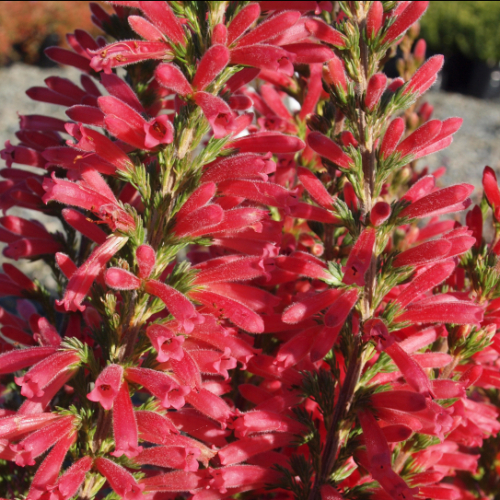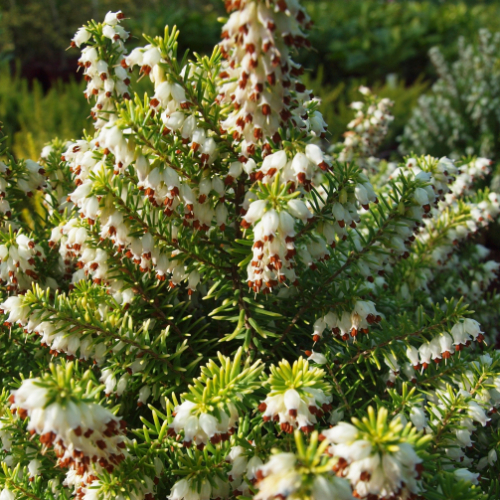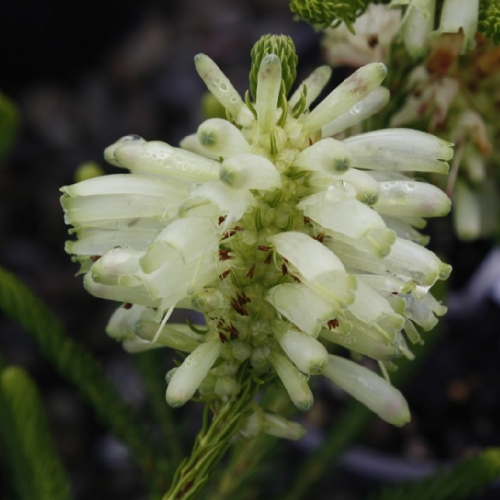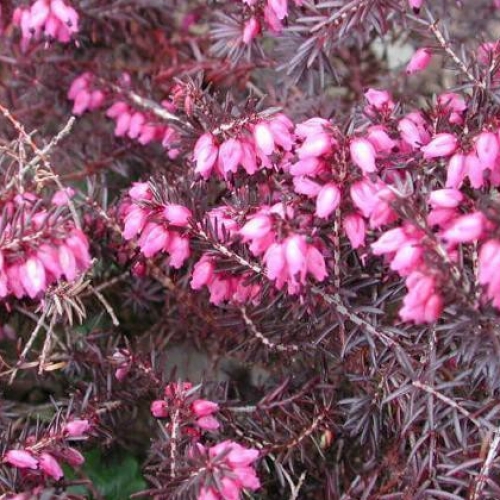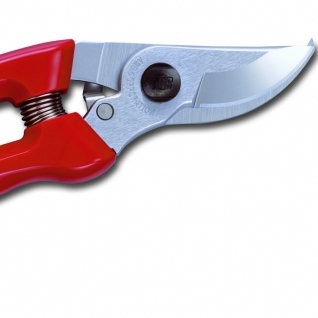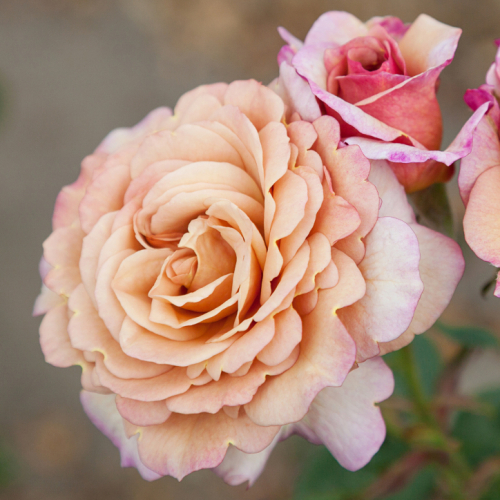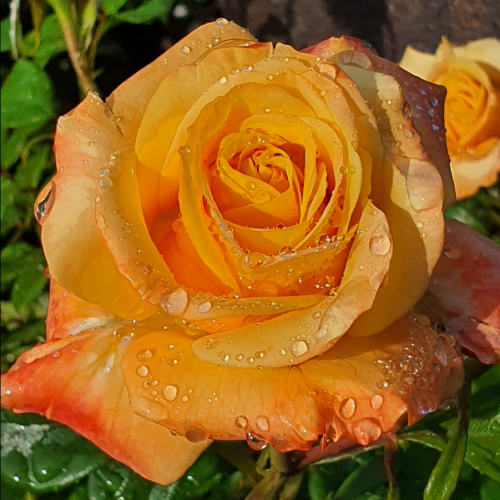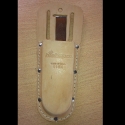Saturday 8th June, 2024
Hi
That sure was a stormy day
I'm sure that we all still have in our memory last Wednesday, when those very turbulent winds and squally showers came hurtling through, and they torpedoed their way through our new potting shed. Then, just after the last smoko, the power went off. I did suggest to a couple of the more mature of the seasonal team that perhaps they might want to call it a day as it really was quite unpleasant but they staunchly said "No, we will finish the day!!!".
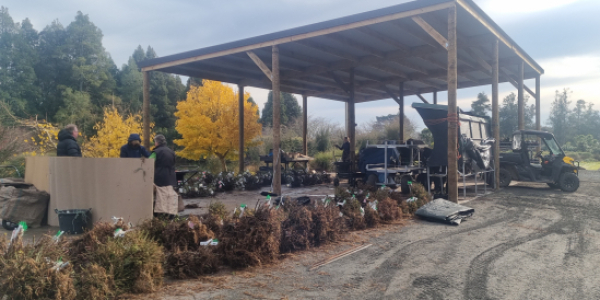
The power didn't come back on that night either, and it was posted on the website that we would be out until 5pm the next day. It's amazing how dependent we are on the continuous supply of electricity. It's all the small things, like out in the country all our water is pumped into the houses and the nursery, so no power means no water, no flushing of the toilets and so on. Thank goodness for a tap that supplies town-supply water. Then there are the tricky little things like how to shut the garden centre's electric gates, which I had never done before. I knew that a key was involved but where was that key and how did that work? Note to self to have a back up plan for the next power outage... perhaps the nursery may need to invest in a generator at some point.
What it takes to produce a rose over a couple of years
There is always discussion around and over the potting bench and the two women that I was working with are pretty keen on their gardens and roses. The subject came up of how to grow a rose bush. I know that I have written before about this several times but it is relevant to this season and our specialty of having the best range of roses around.
Most rose growers would grow their own version of multiflora rootstock and have large stock beds just for this thornless rose species. The first step would be to harvest the long canes and then saw them up into set lengths. For bush roses this is probably somewhere around 20 to 30 cm. For the 45 cm standards around 50 to 60 cm and for the 80 cm stds, again a bit bigger in order to get the required stem height.
The next task could be deemed quite boring or mechanical and I would recommend having a glass or two of wine beside you. Some call it whittling, and others blinding, but essentially with a sharp knife you are removing the buds from the stem except for the top one or two. You do have to get this right as beside the main bud there are more tiny buds that the eye can't see and so you have to be sure not to dig too deep and compromise the stem, or to dig too shallow and risk missing those elusive side buds.
These now blinded stems are inserted into sand so that the base of them produce callus tissue and it's from this callus tissue that the roots will grow. Once callused these new rootstock are pushed into the soil through a polythene mulch (like strawberries are grown) and the one or two buds that were left in the blinding process are left to grow.
Usually in the summer after Christmas, budders that travel the world arrive and T bud these now growing rootstsock with all the desired cultivars of roses that the growers want to supply to the market. It's definitely an art to do this and you spend much of the day bent over cutting T shapes into the stock wood and lifting the bark with a special blade on the back of your knife. They then take a sliver with a bud from the scion wood and insert into their T shaped cut. Often the budders are followed by someone who ties, or these days patches, the bud firmly into place so that it grows onto the stock.
Around 6 to 8 weeks later the buds of the rootstock that were left to grow are removed so that it forces the new rose bud to start to grow. Once these are away they are headed back so as to force side shoots and the formation of the new rose plant which will be lifted the following winter for dispatch around the country.
Something new and different from NZ native flora is in this week
A NZ native broom, being
Carmichaelia Odorata, is a small shrub that has flattened stems spread in a distinctive fern like pattern along drooping branches. This one has pink to white flowers and another for the collector.
Clematis afoliata is one of NZ's more unusual clematis varieties and as its name suggests it is without leaves. It is a scrambling vine with stiff wiry stems naturally growing on open rocky scrub or grassland. Plants are male or female and have very fragrant pale green flowers from October onwards.
Phyllocladus Alpinus or
Mountain Toatoa. A slow growing but handsome NZ native, conifer tree with a symmetrically straight tapering trunk and flattened stems acting as leaves. Produces nut like black seeds. Prefers a good soil with adequate moisture and some shelter to get established. Very cold hardy. Makes a stunning specimen.
Prumnopitys taxifolia or Matai which has a very distinct juvenile phase but is a magnificent growing forest tree with dark bark and narrow dark green feathery foliage. The female tree has bright red berries that appear after flowering and these are a favourite food of the Kereru. Plant in a semi-shaded spot in humus rich soil. Prumnopitys Ferruginea, commonly know as Miro, has attractive dark green feathery foliage.
Libocedrus Bidwillii, along with the other one (
Libocedrus plumosa) that I wrote about the other week, is the only significant NZ native conifer belonging to the Cupressaceae family. Both of these varieties have typical conifer foliage, though in an attractive lime green and soft and quite fern like.
Looking for a splash of colour in Winter? Try Ericas
Erica, also known as
Heath, are cute little shrubs which flower generously in the winter. Most varieties like full sun and they don't mind frost. They prefer a well-drained soil and can tolerate drought better than having wet feet. Several varieties have just arrived in stock. There are
Aurora and
Cerinthoides, which both have pretty red flowers, and then there's
Golden Lady which has yellow leaves and white flowers (note, this one, unlike the others, likes some shade). Then there's
Kramers red, which some-what confusingly has flowers that are more pink than red, all-be-it a darker pink. Finally, we have
Sessiflora ice green, whose flowers are white with a green tinge. All of these will flower on and off for months, just when your garden might otherwise be looking a little drab.
Waikato Rose society... Rose pruning or sharing the love of roses
The roses are on a steady roll of being potted and there are starting to be good numbers in the garden centre. It's that time of year that pruning tends to be in our minds and there is heaps of time yet to get this done. Usually I suggest in a warm climate, like here, that it's done just before bud burst and so August is a good month to get this task done.
If you are thinking to get some advice, whether it be on pruning or even just selecting good roses, then the Waikato Rose Society have organised some dates to be in the nursery to share their knowledge and experience. So get your calendar out and plan to come to the nursery and have a chat to these experienced rose growers who are only too keen to share their knowledge.
Wednesday 10th July 10.30am to 12.30pm
Saturday 20th July 1.00pm to 3.00pm
Sunday 28th July 11.00am to 1.00pm
Wahoo! We are getting closer to that shortest day and that means it's officially Winter and for me it means the start of the climb back to slightly longer days. Soon we will be back on the way towards Spring and Summer.
Have a great weekend!
Cheers from the Wairere team.

